When it comes to automotive maintenance‚ few tasks are as common as changing or charging a car battery․ However‚ many drivers underestimate the importance of proper connections‚ particularly when it comes to the polarity of the battery terminals․ Reversing car battery connections can have severe consequences‚ not only for the battery but also for multiple components within the vehicle․ This article will delve into the potential repercussions of making this critical mistake‚ helping you understand why attention to detail is paramount when working with your car’s electrical system․
Understanding Battery Connections
Before we explore the consequences of reversing battery connections‚ let’s clarify how car batteries work․ A standard car battery contains two terminals: the positive (+) and the negative (-)․ The positive terminal connects to the car’s electrical system‚ while the negative terminal serves as a ground․ When connecting a battery‚ it is crucial to ensure that these terminals are connected correctly to avoid electrical short circuits and other issues․
Immediate Consequences of Reversing Connections
1․ Blown Fuses: One of the most immediate effects of reversing battery connections is the potential for blown fuses․ Many vehicles are equipped with fuses designed to protect sensitive electrical components․ When polarity is reversed‚ these fuses may blow to prevent further damage‚ leading to a no-start condition or loss of power to critical systems․
2․ Damage to Electrical Components: Reversing the battery connections can cause a surge of electricity that may damage various electrical components‚ including the alternator‚ starter motor‚ and onboard computers․ These components are designed to operate within a specific voltage range; exceeding that limit can lead to catastrophic failure․
3․ Corrosion and Heat Damage: In some cases‚ the incorrect connection can lead to overheating of the battery terminals and cables․ This overheating can cause corrosion‚ which not only affects the battery but can also lead to further issues in the vehicle’s electrical system․
Long-Term Consequences
1․ Battery Life Reduction: Even if the vehicle starts after reversing the connections‚ the battery itself may suffer long-term damage․ Lead-acid batteries can be particularly sensitive to improper charging․ The internal plates may become sulfated‚ reducing the overall lifespan and efficiency of the battery․
2․ Recurring Electrical Issues: If critical components have been damaged due to reversed connections‚ drivers may experience ongoing electrical problems․ This could manifest as erratic behavior in the vehicle’s electronics‚ such as flickering lights‚ faulty gauges‚ or failure of the infotainment system․
Preventive Measures
To avoid the dire consequences of reversing car battery connections‚ here are some helpful tips:
- Labeling: Clearly label the battery terminals and cables to avoid confusion during installation․
- Double-Check: Always double-check the polarity before making any connections․ Take your time to ensure that the positive cable connects to the positive terminal and the negative cable to the negative terminal․
- Use Color Codes: Many cables are color-coded (red for positive and black for negative)․ Use these visual aids to ensure proper connection․
- Consult the Manual: If unsure‚ consult the vehicle’s owner manual for specific instructions regarding battery connections․
Reversing car battery connections can lead to a series of unfortunate consequences‚ from blown fuses to irreversible damage to electrical components․ Understanding these risks is crucial for anyone who handles automotive batteries‚ whether you are a seasoned mechanic or an occasional DIY enthusiast․ By taking the necessary precautions and remaining vigilant during battery maintenance‚ you can protect your vehicle and ensure its longevity․ Remember: a simple mistake can lead to significant consequences‚ so always connect with care!
The Ripple Effect: Broader Implications of Poor Battery Management
Beyond the immediate risk of blown fuses and damaged components‚ the consequences of reversing car battery connections extend into broader realms of vehicle maintenance and safety․ For instance‚ an electrical system that behaves erratically can lead to unanticipated breakdowns‚ potentially placing drivers and passengers at risk․ Imagine cruising down a busy highway only to find that your car’s power steering abruptly fails due to electrical issues stemming from a simple mistake made during a battery swap․ The fallout from such errors can lead to costly repairs and‚ more importantly‚ safety hazards․
Financial Repercussions
Repairing or replacing damaged electrical components can be a hefty financial burden․ The cost of a new alternator‚ starter motor‚ or engine control unit (ECU) can quickly add up‚ often reaching into the hundreds or even thousands of dollars․ Furthermore‚ if electrical issues stem from a reversed battery connection‚ they may not manifest immediately‚ leading to extended periods of frustration as drivers try to diagnose the root of the problem․ This delayed identification can result in more extensive damage‚ leading to even higher repair costs over time․
Environmental Considerations
In an age where sustainability is critical‚ the environmental implications of poor battery management cannot be overlooked․ A damaged battery may leak harmful chemicals into the environment‚ posing risks to soil and groundwater․ Proper disposal of batteries is essential to minimize ecological impact‚ but if a battery is prematurely retired due to damage from reversed connections‚ it increases the frequency of battery disposal and contributes to environmental strain․ Making informed choices about battery care isn’t just about the health of your vehicle; it’s about safeguarding our planet․
Learning from Mistakes
Every mistake presents an opportunity for learning‚ and reversing battery connections is no exception․ For car enthusiasts and everyday drivers alike‚ understanding the inner workings of their vehicles can foster a greater appreciation for automotive technology․ Taking the time to educate oneself on battery maintenance not only enhances personal knowledge but also empowers drivers to make safer‚ more informed decisions․ Resources are plentiful‚ from online tutorials to community workshops‚ making it easier than ever to become proficient in basic automotive care․
As we navigate an increasingly complex automotive landscape‚ let us strive for diligence in our maintenance practices․ A little caution and preparation can go a long way in ensuring that our journeys are not only enjoyable but also safe and sustainable․

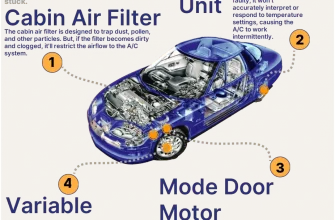
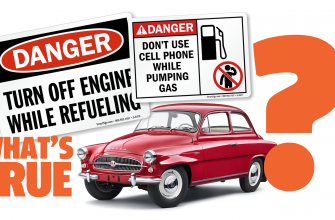
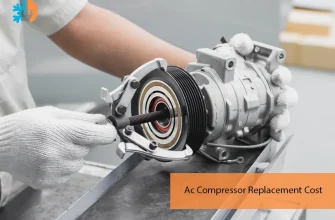


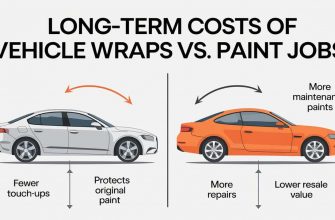
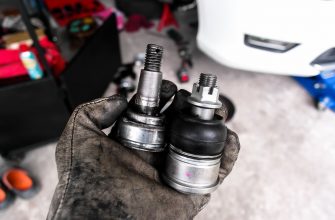
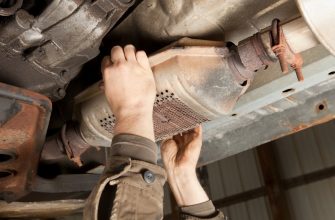
I appreciate the clear explanation of how car batteries work. This article is a must-read for anyone who wants to maintain their vehicle properly.
I never realized how damaging reversing battery terminals could be. The details about blown fuses and electrical components were eye-opening!
Fantastic read! The emphasis on attention to detail when connecting batteries is crucial for all drivers. Thank you for sharing this information!
This article does a great job of explaining the importance of proper battery connections. I learned a lot about the potential risks involved!
The consequences of reversing battery connections are serious. This article highlights why we should always double-check our work when handling car batteries.
Great insights on battery maintenance! I had no idea about the risk of overheating and corrosion until now. Very informative!